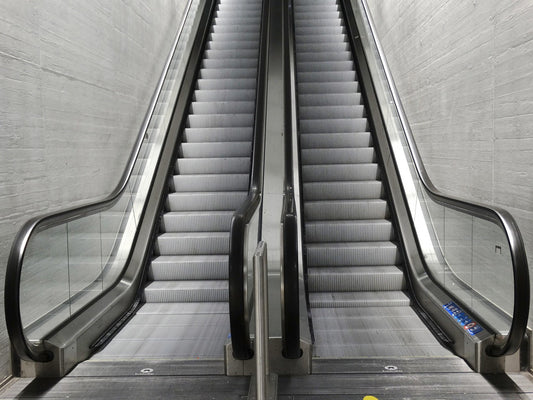We've all heard it. A voice, an instrument, some sort of sound so far back in the soundstage that it appears to be outside the walls of the room.
A well-configured 2-channel system in a proper room and a good recording are all you need. While there are plenty of great systems, the number of recordings with this kind of depth are few.
And it's easy to see why.
When we're in the recording studio at Octave, we can control the amount of soundstage depth for any instrument. The further from the microphone, the greater the depth at the expense of intimacy. For the recording engineer, it's a real balancing act, but one worth understanding how and why it works.
Depth occurs because of reverberation.
"Reverberation is the persistence of sound in a space after the original sound source has stopped. It occurs when sound waves reflect off surfaces like walls, ceilings, and floors, creating multiple overlapping echoes that gradually decay. Unlike a distinct echo, where there is a noticeable delay between the original sound and its reflection, reverberation blends the reflections together, producing a smooth, lingering effect."
When we pull away from the microphone we hear more of the reverberation or the delays in sound after bouncing off the walls.
The distance from the performer to the microphone would not be discernable in an anechoic chamber.
Whether in your listening room or the recording studio, it's the interaction with the room that gives you the depth and realism we all hunger for.









